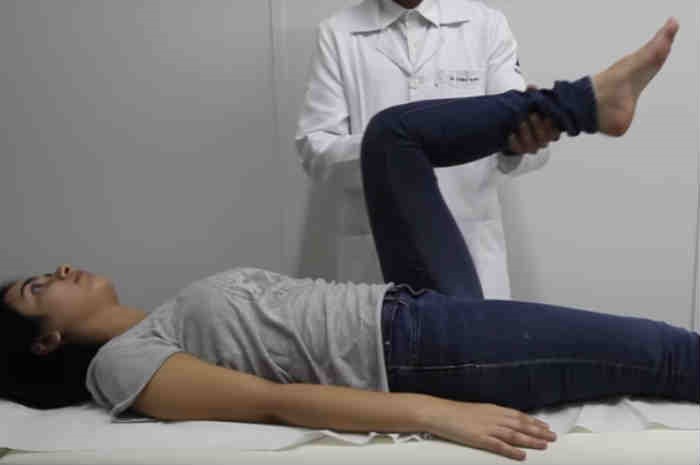
Positive and negative Kernig's sign: semeiotics in meningitis
Kernig’s sign is one of the so-called ‘meningeal signs’, i.e. a group of signs used in neurological semeiotics to detect possible pathological processes in the meninges
The positivity of this sign helps the physician make a diagnosis of meningitis.
Kernig’s sign is, along with Brudzinski’s sign, Binda’s sign, spinal tap (lumbar puncture) and haemochrome (blood test), one of the main methods of diagnosing meningitis, but it is also used to diagnose other types of damage that cause irritation of the meninges.
It is named after the Russian physician Woldemar Kernig who identified it in the 1800s.
Positive Kernig’s sign with a seated patient
If the patient is sitting, he will not be able to keep his legs fully extended because this causes him intense pain.
Positive Kernig’s sign with patient lying down
The patient is lying supine.
The doctor tries to flex the whole limb over the pelvis, but the patient – due to the intense pain experienced – tends to flex the leg over the thigh.
Read Also:
Emergency Live Even More…Live: Download The New Free App Of Your Newspaper For IOS And Android
First Case Of Meningitis Associated With SARS-CoV-2. A Case Report From Japan
Italian Girl Died Of Meningitis. She Was Returning From World Youth Day In Krakow
Meningitis In Children: Symptoms, Diagnosis And Prevention
Meningeal Signs And Meningeal Irritation In Children And Adults


